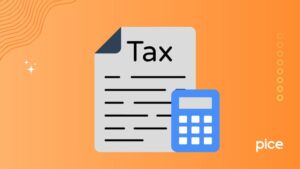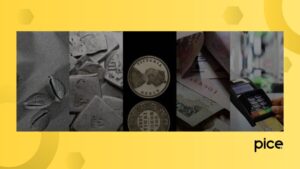GST Rate for Sugar, Salt, Chocolate and Spices
- 19 Aug 24
- 11 mins
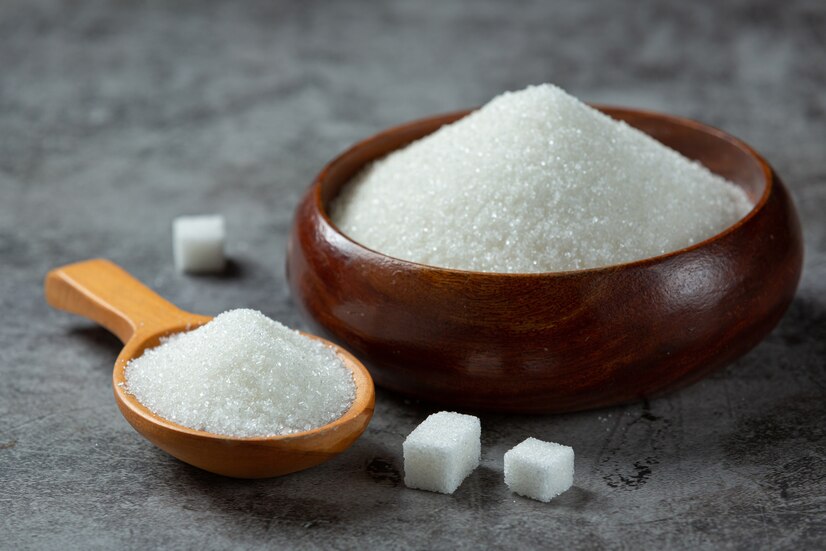
GST Rate for Sugar, Salt, Chocolate and Spices
Key Takeaway
Sugar attracts a GST rate of 5% in India, reflecting its status as a necessary staple food item, aimed at maintaining affordability for the general population.
Chocolates are taxed at a higher rate of 18% under GST, categorized as luxury items, which aligns with government policies to tax non-essential goods more heavily.
Common salt is exempt from GST, ensuring it remains affordable as an essential dietary and industrial commodity.
GST rates for spices vary between 5% and 18%, depending on whether they are sold whole or processed, reflecting their essential role in Indian cuisine and the added value from processing.
Sugar confectionery, including items like candies and toffees, also falls under the higher GST bracket of 18%, treated as luxury items under the current tax regime.
GST Rate for Sugar
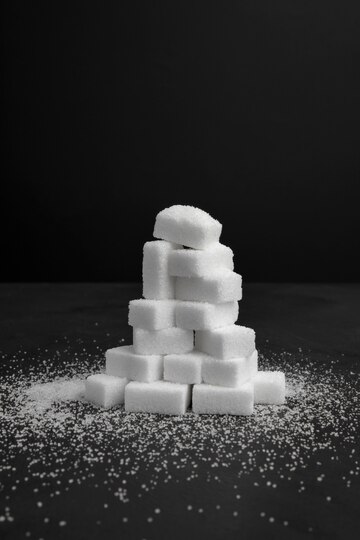
The GST (Goods and Services Tax) rate for sugar in India is set at 5%. This rate applies to sugar derived from sugar cane or beets that is chemically pure, excluding any added flavoring or coloring materials. The relatively low rate reflects the essential nature of sugar as a staple food item and aims to keep it affordable for the general population.
Under the GST regime, products like sugar that are considered necessities are often taxed at lower rates to ensure they remain economically accessible. However, it's important to note that while the 5% tax rate helps maintain consumer prices, it does not allow sugar manufacturers to claim input tax credits for taxes paid on inputs, which could potentially increase the cost of production. This specific aspect of the GST system affects the economics of sugar production and distribution within the industry.
GST Rate for Chocolates
The GST rate for chocolates in India is generally set at 18%. This rate applies to all forms of chocolates, including bars, blocks, and other chocolate products containing cocoa. The 18% GST rate categorizes chocolate as a luxury item rather than an essential good, reflecting its status as a discretionary indulgence rather than a dietary necessity.
Chocolates, especially those that are prepared or packaged as confectionery, are taxed at this higher rate, which aligns with the Indian government's policy of levying higher taxes on luxury and non-essential goods. This rate aims to balance consumer indulgence with revenue generation for governmental projects and services.
GST Rate for Common Salt
Common salt, including iodized salt and other forms, is exempt from GST in India. This exemption is part of a broader strategy to keep essential commodities, particularly those critical for everyday consumption and health, affordable for all consumers. Salt is a fundamental dietary requirement and also plays a crucial role in various industrial processes. The GST exemption ensures that it remains economically accessible without adding additional financial burden to consumers.
GST Rate for Spices
The GST rate for spices in India varies depending on their form and processing level. Here’s a breakdown:
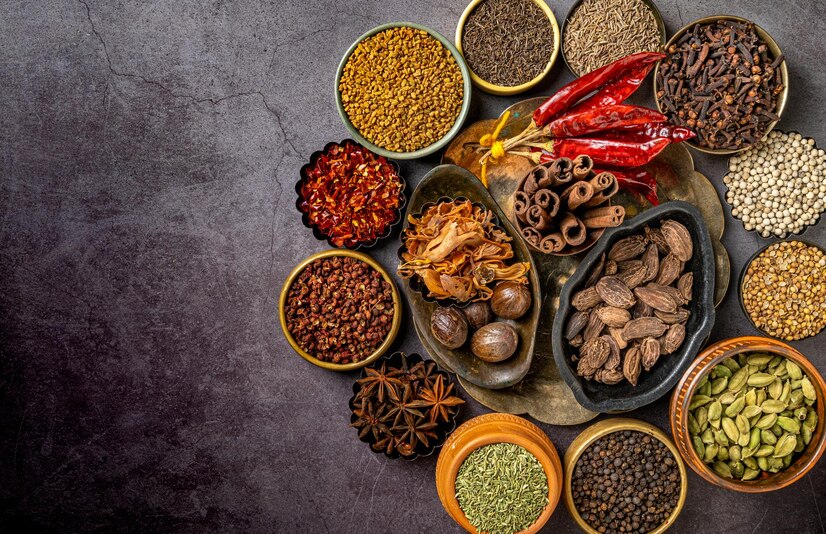
- Whole Spices: Unprocessed or whole spices generally attract a GST of 5%. This includes spices in their natural, unground form. The lower rate for whole spices aligns with their essential role in Indian culinary traditions, keeping them more affordable for the average consumer.
- Ground or Processed Spices: Once spices are processed, such as being ground, mixed, or otherwise prepared, the GST rate increases. Processed spices are typically taxed at 12%, reflecting the added value from processing and packaging. Mixed spices might attract even higher rates depending on their composition and the extent of processing involved.
| Commodity | GST Rate | Details |
|---|---|---|
| Sugar | 5% | Applies to chemically pure sugar derived from sugar cane or beets, excluding any added flavoring or coloring materials. The rate reflects its necessity, but manufacturers cannot claim input tax credits on raw materials. |
| Chocolates | 18% | Includes all forms of chocolates containing cocoa. Categorized as a luxury item, this higher rate aligns with policies on non-essential goods and aims to balance indulgence with revenue generation for government services. |
| Common Salt | Exempt | Includes iodized and other forms of salt. Exempt from GST to keep it affordable as a fundamental dietary and industrial requirement. |
| Spices | 5% - 18% | Whole spices are taxed at 5%, reflecting their essential role. Processed spices are taxed at 12%, and mixed spices may attract higher rates due to added value from processing and packaging. |
GST rates and HSN code for Sugar Confectionery.

Sugar confectionery in India falls under the GST rate of 18%. This category includes a variety of products such as candies, toffees, chewing gum, and other similar sweet items. The 18% GST rate is consistent with other luxury or non-essential goods, reflecting the government's policy to tax luxury items at higher rates.
💡If you want to pay your GST with Credit Card, then download Pice Business Payment App. Pice is the one stop app for all paying all your business expenses.
The Harmonized System of Nomenclature (HSN) code for sugar confectionery is 1704. The HSN code system helps in classifying goods systematically for taxation purposes and is used internationally to standardize the classification of items. The specific code 1704 helps businesses and tax authorities identify sugar confectionery products easily for compliance and taxation processes.
| HSN Code | Description | Rate (%) |
|---|---|---|
| 1701 | Cane or beet sugar and pure sucrose in solid form, raw sugar without added flavoring or coloring | 5% |
| 170111 | Cane sugar | 5% |
| 17011200 | Raw sugar not containing added flavoring or coloring matter: beet sugar | 5% |
| 170113 | Cane sugar as specified in sub-heading note 2 to this chapter | 5% |
| 17011310 | Raw cane sugar without added flavoring or coloring matter -- Cane jaggery | 5% |
| 17011320 | Raw cane sugar without added flavoring or coloring matter -- Khandsari sugar | 5% |
| 17011390 | Raw cane sugar without added flavoring or coloring matter -- Other specified under sub-heading | 5% |
| 170114 | Other cane sugar | 5% |
| 17011410 | Raw cane sugar without added flavoring or coloring matter -- Other cane sugar -- Cane jaggery | 5% |
| 17011420 | Raw cane sugar without added flavoring or coloring matter -- Other cane sugar -- Khandsari sugar | 5% |
| 17011490 | Raw cane sugar without added flavoring or coloring matter -- Other cane sugar -- Other | 5% |
| 17019100 | Refined sugar containing added flavoring or coloring matter | 12% |
| 170199 | Other sugars, not specified elsewhere | 12% |
| 17019910 | Sugar cubes | 5% |
| 17019990 | Sugar cubes | 5% |
| 1702 | Various traditional sugars like palmyra sugar, mishri, and others including sugar confectionery products not containing cocoa | 5%-18% |
| 1704 | Sugar confectionery (including white chocolate), not containing cocoa | 18% |
| 17041000 | Chewing gum, whether or not sugar-coated | 18% |
| 170490 | Other sugar confectionery (including white chocolate), not containing cocoa | 18% |
| 17049010 | Jelly confectionery | 18% |
| 17049020 | Boiled sweets, whether or not filled | 12% |
| 17049030 | Toffees, caramels, and similar sweets | 18% |
| 17049090 | Other sugar confectionery (including white chocolate), not containing cocoa -- Other | 18% |
Impact of GST on the Sugar Industry
The implementation of the Goods and Services Tax (GST) has had a significant impact on the sugar industry, including the markets for related products like sugar syrup and natural honey. Here are some key aspects of how GST has influenced this sector:
- Uniform Tax Structure: One of the main advantages brought by GST is the uniformity in the tax structure across states. This has eliminated the complexities associated with varying tax rates and regulations previously imposed by individual states, leading to a more streamlined process for businesses operating within the sugar industry.
- No Input Tax Credit: A major challenge for the sugar industry under GST is the non-availability of input tax credits. Sugar, being taxed at 5%, does not allow manufacturers to claim input tax on expenses such as machinery purchases, maintenance costs, or the procurement of raw materials like sugar cane. This has led to increased costs of production, as these inputs are taxed at higher rates.
- Impact on Pricing and Profit Margins: The inability to claim input tax credits has put pressure on the profit margins of sugar mills and manufacturers. While the consumer prices for products like sugar syrup and natural honey remain relatively stable due to lower GST rates on sugar, the profit margins for producers have squeezed due to higher operational costs that cannot be offset against GST liabilities.
- Enhanced Compliance and Regulatory Oversight: GST has also introduced more stringent compliance and documentation processes. This has resulted in better regulation and oversight of the industry but has also increased the compliance burden on sugar mills and related businesses. It requires them to upgrade their systems and processes to align with the new tax regime, incurring additional costs.
- Boost in Organized Sector: The GST regime favors the organized sector by making it more difficult for the unorganized sector to evade taxes. This has helped to level the playing field for major players in the sugar industry, including those dealing with sugar syrup and natural honey, by curbing tax evasion and ensuring a more competitive market environment.
- Export Dynamics: GST has streamlined the tax refund process on exports, which is beneficial for sugar industries that are export-oriented. This makes Indian sugar, including specialized products like sugar syrup and natural honey, more competitive in international markets.
Challenges faced by Sugar Industry under GST
The sugar industry in India faces several challenges under the Goods and Services Tax (GST) framework, affecting its operational dynamics and financial health. Here are some of the main challenges:
- Inability to Claim Input Tax Credit (ITC): One of the significant setbacks for the sugar industry under GST is the inability to claim input tax credits on goods and services used in the production process. Since sugar is taxed at a concessional rate of 5%, sugar manufacturers cannot claim ITC on inputs which are often taxed at higher rates. This leads to an increase in the cost of production, as the tax paid on inputs becomes a sunk cost.
- Increased Compliance Burden: GST requires detailed and regular compliance in terms of invoice-wise tracking, online returns, and the reconciliation of sales and purchase invoices. For sugar mills and related businesses, this means investing in new IT systems and training staff, which adds to the operational costs.
- Impact on Cash Flow: The structure of GST, which disallows input tax credit, directly impacts the cash flow of sugar manufacturers. They have to bear the brunt of upfront tax payments on inputs without the ability to offset these costs against their output liabilities, leading to cash flow constraints.
- Price Volatility: The sugar industry is highly susceptible to price volatility due to various factors including global market fluctuations, changes in international sugar prices, and domestic agricultural conditions. GST has added another layer of complexity to this issue, as adjustments in tax policies can lead to changes in pricing structures, further complicating the financial planning for businesses.
- Regulatory Uncertainty: The sugar industry often faces regulatory changes that can have sudden impacts on operational costs and market dynamics. Adjustments in GST rates or rules can lead to uncertainty, making it difficult for businesses to plan long-term strategies effectively.
- Logistical Challenges: The requirement to manage and document the movement of goods across state lines under GST has increased logistical challenges. Sugar mills and traders need to ensure compliance with e-way bill requirements, adding to the logistical workload and costs.
- Sectoral Disparities: The differential GST rates applicable to various by-products of sugar production (like molasses, bagasse, etc.) complicate the taxation landscape. This disparity can lead to anomalies in tax treatment and accounting practices
 By
By 






